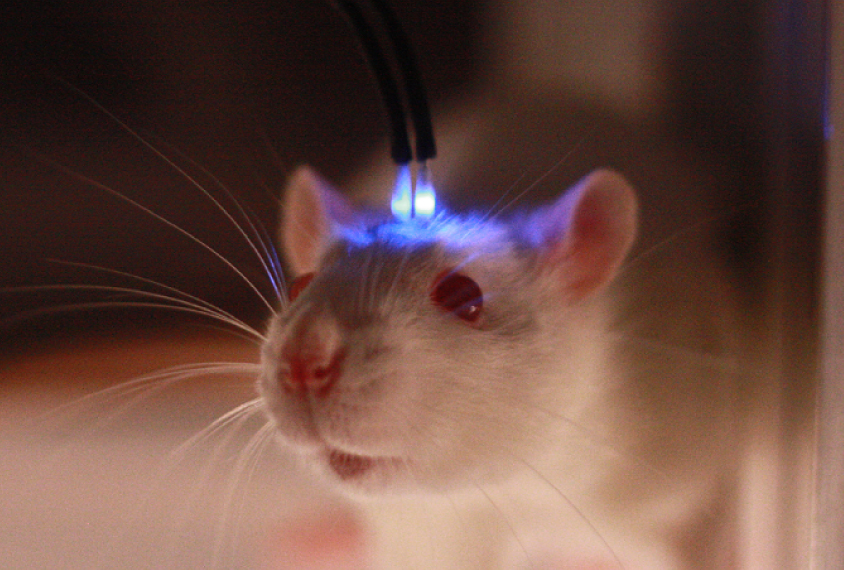Background
Aims
Drug abuse is an ever-increasing problem in the world, with an estimate of 283 million people worldwide suffering from alcohol use disorders as of 2016, and 1.3 billion tobacco users worldwide as of 2020, according to the WHO. Illicit drug abuse trends are much harder to estimate than legal drugs such as nicotine and alcohol (Peacock et al., 2018), but the WHO estimates 35 million people worldwide suffer from drug use disorders. Most people use various drugs occasionally, with only a small number of individuals developing an addiction
Drug self-administration studies often use rats to simulate drug use in humans, and in those studies, animals quickly and consistently learn to press a lever to receive a drug. When exposed to a negative stimulus (such as a small electric shock) in conjunction with the drug, most rats opt out of pressing the lever and receiving the desired stimulus. Those that continue self-stimulating despite the adverse stimulus are said to exhibit compulsivity, and can be likened to human addicts.
In the early stages, drug use behaviour is regulated by a positive feedback loop from the mesolimbic dopamine system, a central nervous system circuit in which dopaminergic signals from the ventral tegmental area (VTA) innervate brain regions responsible for reward seeking, motivation, and locomotion. However, long-term hyperactivation of this system generates plastic changes in several neural circuits, inducing a decreased activity of the circuits involved in positive reinforcement and recruiting stress-related systems that mediate an aversive emotional state. Due to this phenomenon, in later stages of addiction, consummation of the drug of abuse becomes progressively less dependent on positive reinforcement, and more dependent on negative reinforcement, i.e. avoiding the aversive state caused by the absence of the drug of abuse. The central nucleus of the amygdala (CeA) and the bed nucleus of the stria terminalis (BNST) have been identified as major regulators of negative reinforcement in the context of withdrawal from drugs of abuse.
It has recently been observed that a subpopulation of amygdala neurons, the PKCδ cells, are critically involved in promoting compulsive alcohol intake in self-administration studies. However, self-administration studies using alcohol and other drugs of abuse have many limitations. A new method called optogenetics has emerged relatively recently, and it does not have the same limitations as drug self-administration methods. Optogenetics uses opsins, photoreceptor molecules which regulate ion channels, to either the activate or inhibit the activity of specific neurons. In this way, light is used to control the activation of neurons with high neuronal specificity, immediate activation, and high temporal and spatial precision, allowing researchers to manipulate specific cell populations.
Although the involvement of the amygdala in self-administration of drugs of abuse is a well-studied topic, optogenetic self-stimulation of VTA dopamine (DA) neurons is a much newer and less studied concept due to the relatively recent development of optogenetic methods. The aim of this study is therefore to establish and validate a rat model of compulsive optogenetic DA self-stimulation and observe the potential involvement of PKCδ neurons of the centrolateral amygdala in controlling this behaviour.
